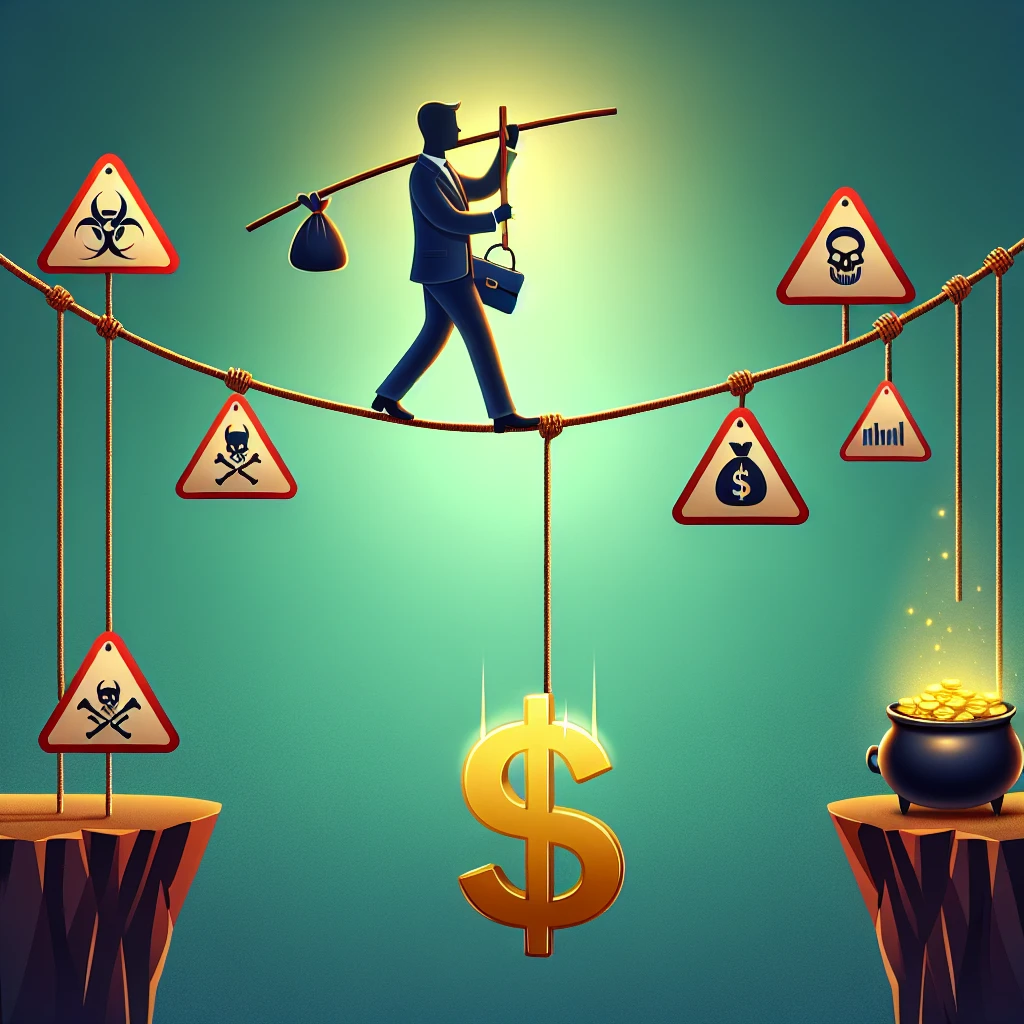There’s no doubt that Dollar General’s shareholders took a severe hit last week. Following the discount retailer’s disappointing second-quarter earnings and lowered revenue projections for the rest of the year, shares plummeted by 32% on August 29, marking the stock’s worst day in history.
Many investors are now hesitant about owning part of the discount store chain. However, if you subscribe to the belief that the darkest hour is just before the dawn, this might be an opportune moment to invest in this strategically positioned company, especially with the stock down 68% from its peak in 2022 and trading at a seven-year low.
“Financially Strapped”
Dollar General delivered a crushing blow with its second-quarter results. While total sales increased by 4.2% year over year, reaching $10.21 billion, the growth in same-store sales was a meager 0.5%. Operating profits dropped by 20%, causing per-share earnings to fall from $2.13 the previous year to $1.70 this year. Analysts had anticipated earnings of $1.79 per share on revenues of $10.37 billion.
Compounding the pessimism was the reduced sales forecast for 2024. The company had initially projected revenue growth between 6% and 6.7%, driven by more frugal consumer spending. Now, it only anticipates revenue growth between 4.7% and 5.3%, with same-store sales growth expected to range from just 1% to 1.6%.
The stark contrast with Walmart’s performance likely fueled much of the post-earnings decline. Walmart reported top-line growth of 4.8%, driven by a 4.2% increase in U.S. same-store sales, and it even raised its full-year revenue and earnings guidance.
What’s the underlying issue? The difference lies in the typical customer base of each company. As CEO Todd Vasos noted during the second-quarter earnings call, the “lower-end consumer continues to be very much financially strapped, especially as it relates to her ability to feed her families and support her families.”
With Dollar General’s core customers, who prioritize value, unable to maintain their spending levels, the company finds itself on the defensive until conditions improve. However, this could take some time, and the company may face challenging circumstances in the interim, which understandably triggered investor panic.
However, don’t forget a crucial principle about the economy and the stock market.
Dollar General’s Worst-Case Scenario is Its Current Reality
Dollar General doesn’t directly compete with larger players like Walmart or Target. In fact, it generally avoids direct competition with either chain. While Target and Walmart stores are typically located in densely populated areas, 80% of Dollar General’s stores are in smaller towns with populations under 20,000, often underserved.
Additionally, it caters to lower-income households more prevalent in these areas, based on data from market researcher Numerator. For example, products are offered in customized sizes to allow for lower prices. Much of its inventory consists of private-label items, providing the retailer greater control over meeting the needs of its frequent shoppers.
This strategy has historically been effective. The discount retailer experienced remarkable revenue and store growth between the end of the 2008 subprime mortgage crisis and the onset of the pandemic.
However, circumstances since 2021 have been exceptional. Inflation has surged, with the U.S. Consumer Price Index now 21% higher than four years ago, though this figure arguably understates the real increase in living costs. Income growth has not kept pace. For nearly three years, Walmart has highlighted that most of its market share gains have come from households earning over $100,000 annually, as even this demographic seeks to stretch their budgets. McDonald’s also reported disappointing quarterly results, with CEO Chris Kempczinski noting that customers “continue to feel the pinch of the economy and a higher cost of living,” echoing similar sentiments from executives at PepsiCo and other consumer-facing companies.
This poses a significant challenge for Dollar General because its core customers—lower-income rural households most affected by inflation—haven’t changed their shopping habits or preferences. These consumers are simply spending less. This is reinforced by similar results from competitor Dollar Tree. Its Dollar Tree brand saw modest same-store sales growth of 1.3% last quarter, while its Family Dollar banner actually experienced a 0.1% decline in same-store sales.
Considering all of this, it’s understandable why investors are concerned about the retailer’s near-term prospects. However, there’s an aspect the market seems to overlook.
The Risk is Worth the Reward for Resilient Investors
The economy is inherently cyclical yet ultimately growth-oriented. The past couple of years have been extreme deviations from this norm, leading to the current affordability crisis that’s curbing consumer spending.
There’s never been any question about Dollar General’s business model. The economic conditions that typically benefit Dollar General will likely do so again sooner rather than later.
Waiting for clear signs of a rebound before investing in Dollar General stock could be a misstep. Stocks often trade based on future expectations, reflecting potential outcomes months or even years ahead.
Although Dollar General is currently facing challenges, it is likely to improve soon. Its stock should begin to reflect this anticipated recovery even sooner. Now, with the stock down 68% and trading at a seven-year low, the worst-case scenario may already be factored into the stock price, and possibly more.
Taking a chance now isn’t for the faint-hearted. The expected volatility might be unsettling, even if the overall trend is positive. Keep this perspective in mind if you’re considering jumping in.
If your instincts are urging you to invest, don’t hesitate. As Warren Buffett advises, be fearful when others are greedy and greedy when others are fearful. The market is certainly exhibiting significant fear towards Dollar General at the moment.




